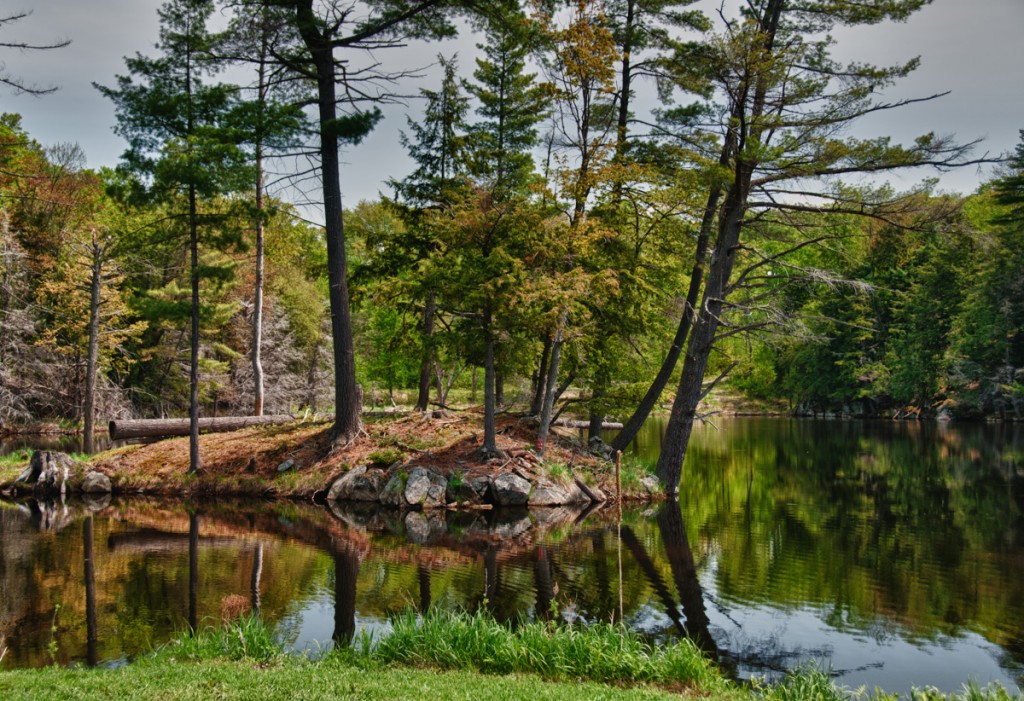
Mentioned in a number of Muskoka Watershed Council lectures over the past few years, calcium decline in Muskoka Lakes and in particular, the consequences of timber harvesting on lake calcium levels have been hinted at as a potential direct cause of declining health of our lakes in Muskoka. Here’s a past primer news story from the Huntsville Forester (Cottage Country News).
This week, we have an opportunity to discover more.
Dr. Shaun Watmough, an Associate Professor in the Environmental Resource Science Program at Trent University in Peterborough will present.
Here is a synopsis of the lecture:
Decades of acid deposition have depleted soil calcium reserves and, when combined with timber harvesting, predicted losses of calcium from soil are considerable and may ultimately threaten long-term forest health and productivity and lead to negative impacts on lakes.
In this talk, Dr. Watmough will provide an overview of our current understanding of calcium biogeochemistry and describe the reasons for the widespread decline in calcium levels in lakes and the implications of calcium losses on soil fertility and forest health in addition to impacts on lake ecosystems.
With an emphasis on south central Ontario, Dr. Watmough will document a nutrient budget for a selection harvesting regime in central Ontario hardwood forests. This work is then extrapolated to regional harvesting activities and management issues are discussed.
The lecture is this Thursday, October 10, 2013 from 7:00 – 9:00 pm at Nipissing University – Muskoka Campus, 125 Wellington Street, Bracebridge, P1L 1E2. As always, admission is by donation
















